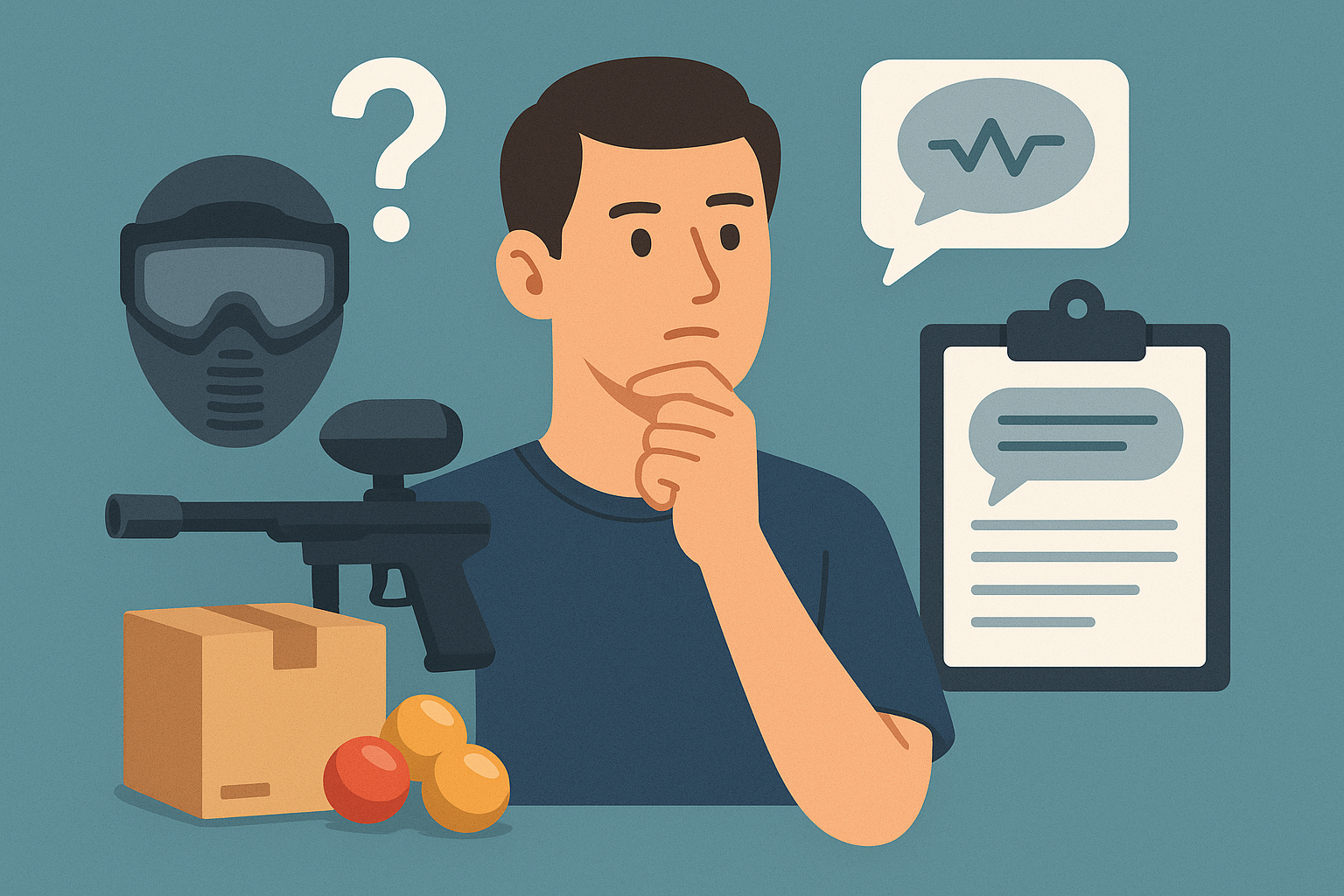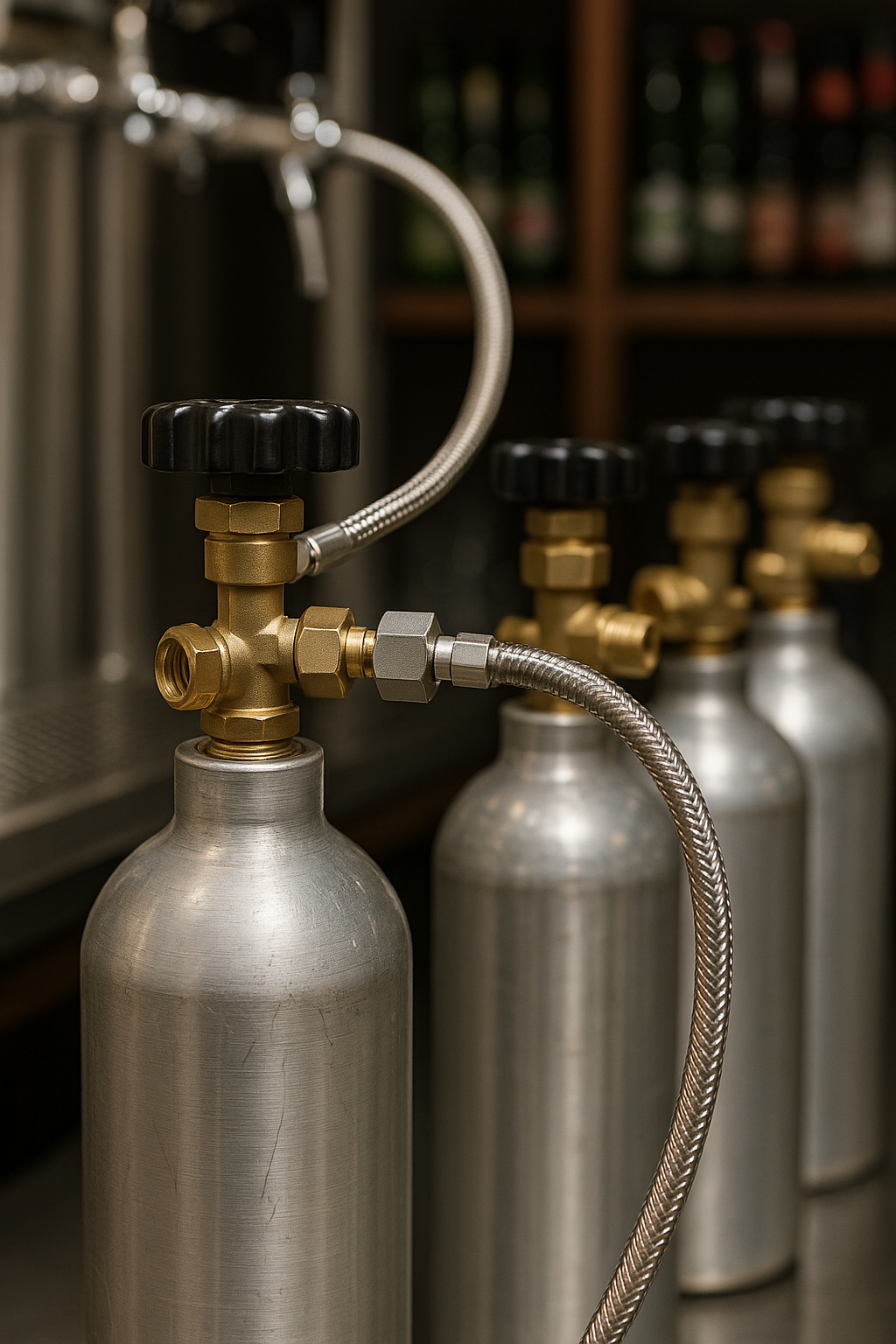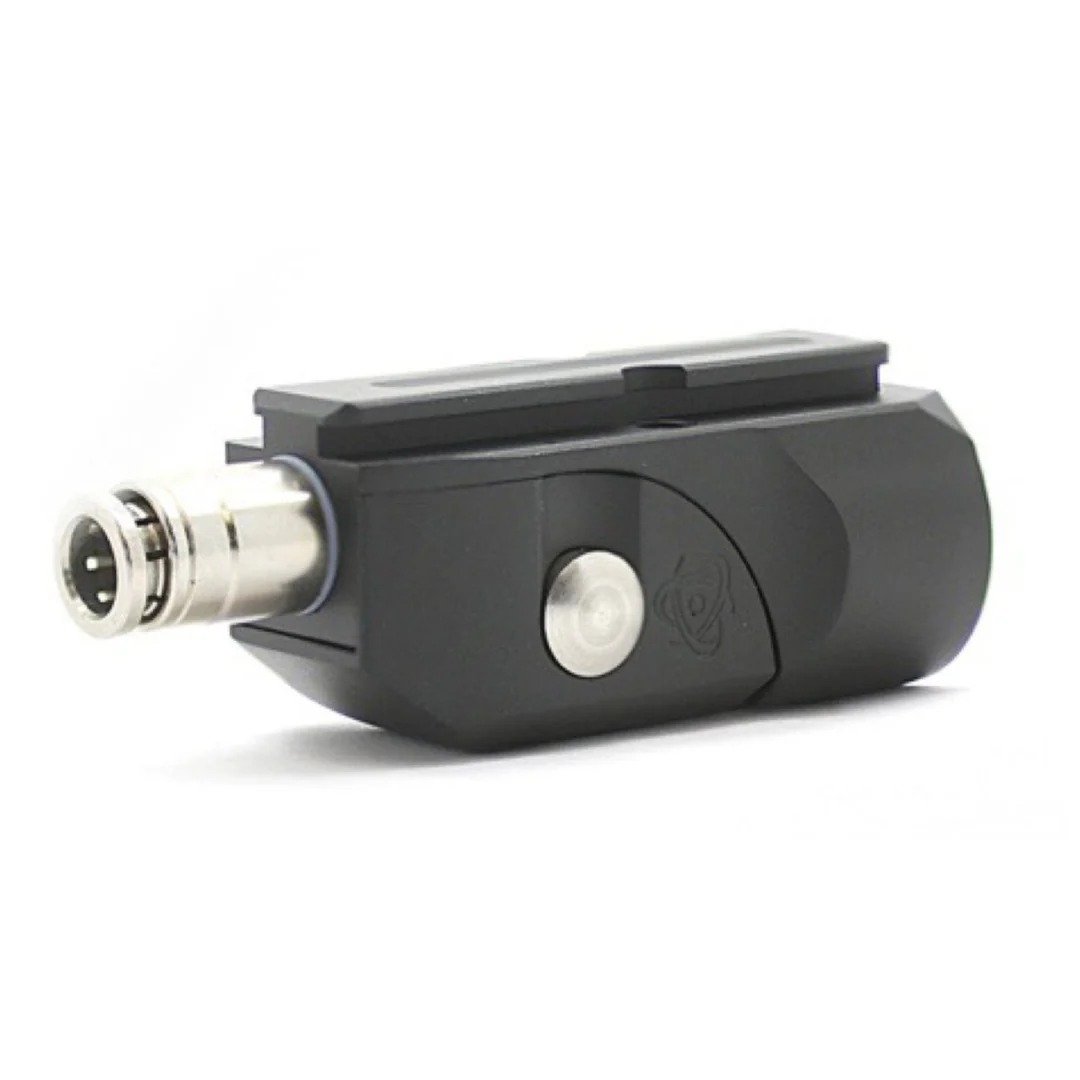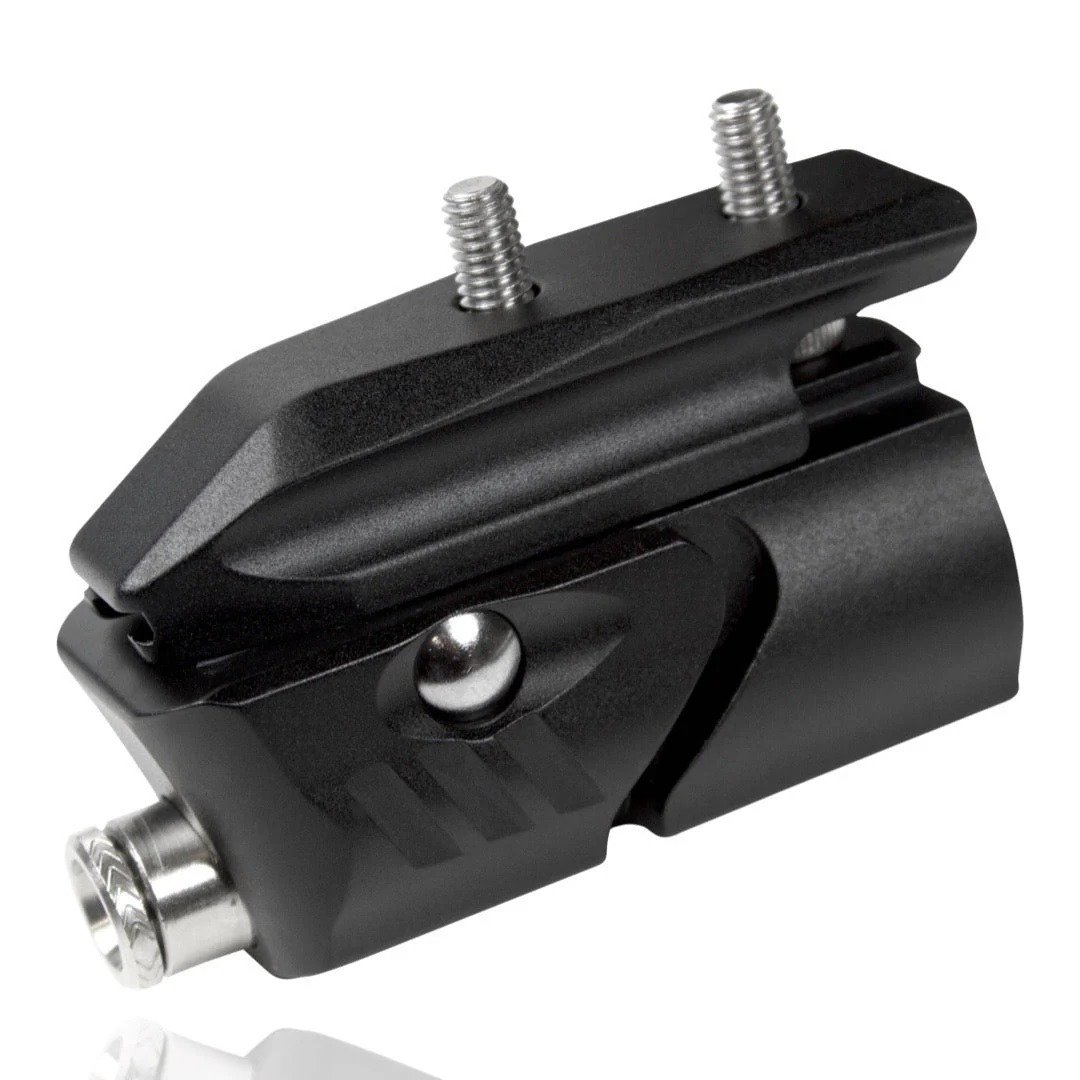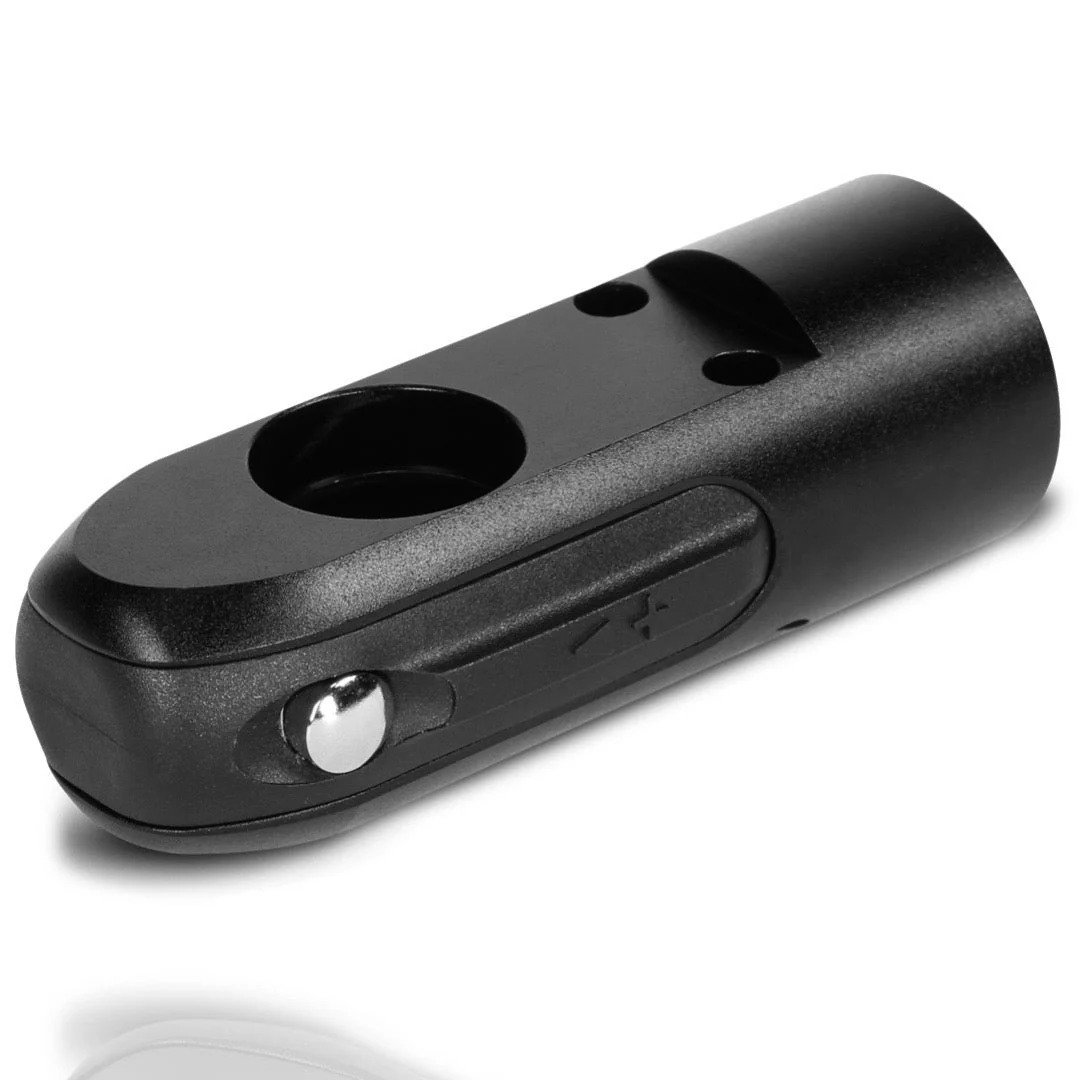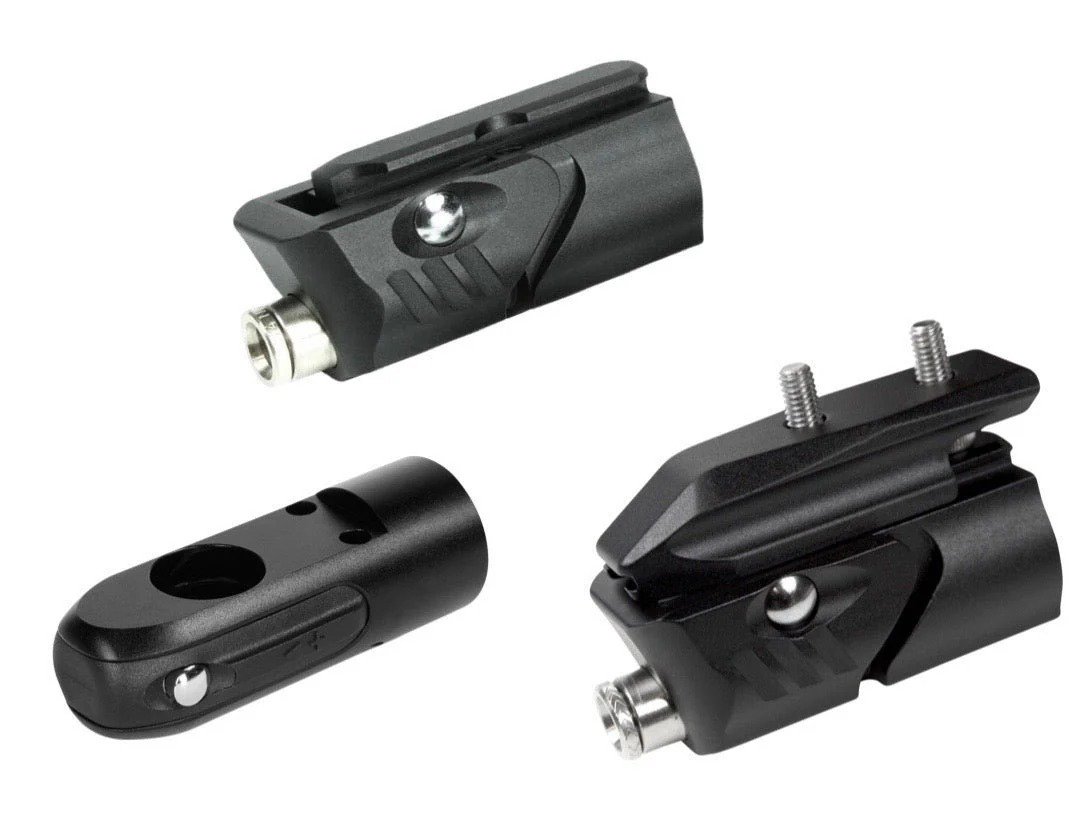Ever get frustrated when your favorite soda runs out — again? What if making fizzy drinks at home was as easy as pressing a button? To make soda with a SodaStream, just fill the bottle with cold water, lock it into the machine, press to carbonate using CO2 gas from a refillable cylinder — then add flavor.
Simplicity is what SodaStream sells, but there’s more going on behind that fizz. If you’re in the beverage space — as a supplier, distributor, or even a curious soda drinker — understanding carbonation and what impacts it can help you choose the right equipment, CO2 source, and even health habits. Let’s dive in.
Table of Contents
What makes soda bubbly?
We all love the fizz — but where do the bubbles come from?
Soda gets its sparkle from dissolved carbon dioxide (CO2), which forms carbonic acid in water under pressure. That’s the source of the signature tang and tingle.
The science behind the bubbles
CO2 dissolves in water best when cold and pressurized. That’s why home carbonation machines use CO2 tanks to push gas into the liquid. Once you release the pressure — like opening a bottle — that gas escapes and creates bubbles.
| Factor | Effect on Carbonation |
| Bottle Pressure | Higher = more bubbles |
| Water Temp | Colder = more CO2 holds |
| Gas Purity | Cleaner = better taste |
This science matters whether you’re making drinks at home — or supplying the cylinders that help others do it.
How is soda carbonated, and how does it go flat?
Fizz fades — and here’s why.
Soda is carbonated by injecting CO2 under pressure. It goes flat when the gas escapes after opening or over time.
Why CO₂ matters
During carbonation, pressurized CO2 dissolves into the water. Once the bottle is unsealed, the gas escapes — and so does the fizz.
If you’re wondering where that CO₂ comes from — SodaStream machines use refillable cylinders, which need to be reliable and certified. That’s why we offer empty soda CO₂ cylinders designed for refill and resale that meet global safety standards and are compatible with SodaStream-style systems.
How carbonated does SodaStream make the water?
Not all bubbles are created equal.
SodaStream typically delivers 2.5–3 volumes of CO2, which is comparable to commercial sodas like Coke or Pepsi.
Matching expectations
That fizzy feel comes down to the amount of gas dissolved. SodaStream hits the sweet spot — more than sparkling water, less than champagne. The balance is enough to satisfy most soda drinkers, and some machines even let you adjust the fizz level.
If you’re selling to this market, make sure your CO₂ cylinders can handle it — and that your branding communicates this compatibility.
If sparkling water freezes, does it affect the carbonation?
Frozen soda? Bad news for bubbles.
Yes, freezing causes CO2 to escape and reduces carbonation — and can damage bottles or cylinders if not stored correctly.
Cold ≠ Better
CO2 doesn’t stay dissolved in frozen water. As the ice forms, gas is pushed out. Once thawed, the soda is flat. And storing pressurized tanks in freezing conditions? That’s not recommended.
If you’re building a refill system or selling SodaStream-compatible gear, educating users on proper handling helps reduce returns and complaints.
Why do sparkling beverages cause gas and diarrhea?
Let’s face it, not everyone’s stomach handles bubbles the same.
Carbonation increases gas in the digestive system, which can lead to bloating or mild digestive upset in sensitive individuals.
Bubbles and the body
When you drink sparkling water, you’re swallowing gas. In most cases, your body handles it fine. But for people with IBS, food intolerances, or sensitive digestion, that added gas can cause bloating or cramps.
This is why adjustable carbonation is so valuable. Letting users pick their fizz level can make all the difference in comfort — and customer satisfaction.
Is plain soda water healthier to drink than soda pop?
Here’s where you win back health-conscious buyers.
Yes — soda water is calorie-free and sugar-free, unlike soda pop, which contains added sugars and acids.
Why this matters
Plain soda water is just water and CO₂. No calories, no caffeine, no dyes. For people trying to cut sugar or soft drinks, it’s a smart choice.
That’s why so many of our wholesale partners bundle SodaStream-style systems with refillable empty CO₂ tanks — it gives users full control and aligns with clean living trends.
Do Americans prefer soda to water?
Old habits die hard — but they’re changing.
While many Americans still consume more soda than water, sparkling water is quickly gaining market share — especially among young consumers.
What this means for suppliers
The popularity of home carbonation is growing. People want the fizz, but they want to control what goes in the bottle. Distributors and importers who offer parts of that system — like refillable cylinders — are in a great spot to serve this market.
We’ve seen our partners succeed by rebranding empty CO₂ cylinders, bundling them with flavor syrups, or pairing them with refill programs.
Conclusion
SodaStream makes soda-making simple. But behind every bubble is a cylinder — and behind every great cylinder, there should be a supplier who understands the business.

